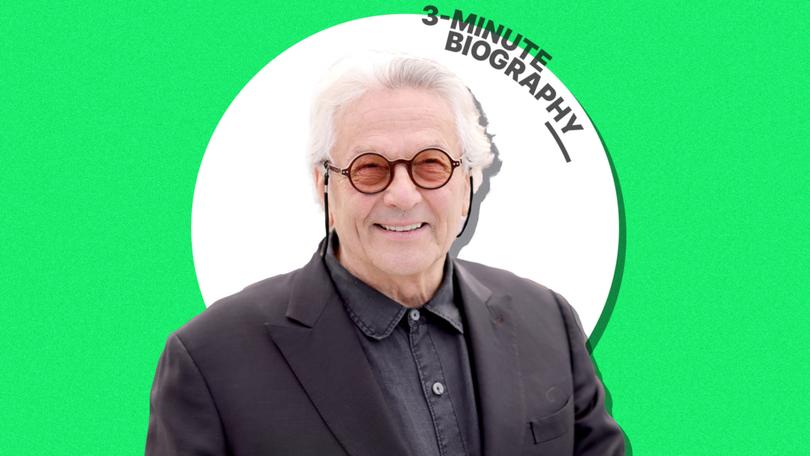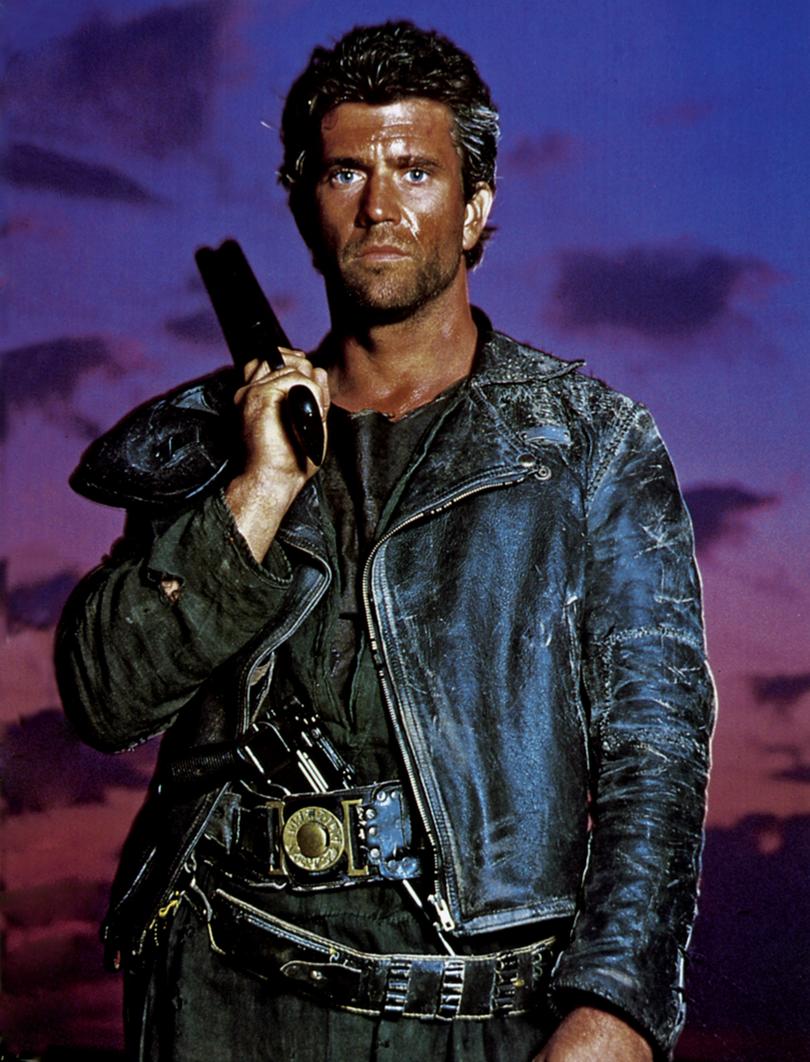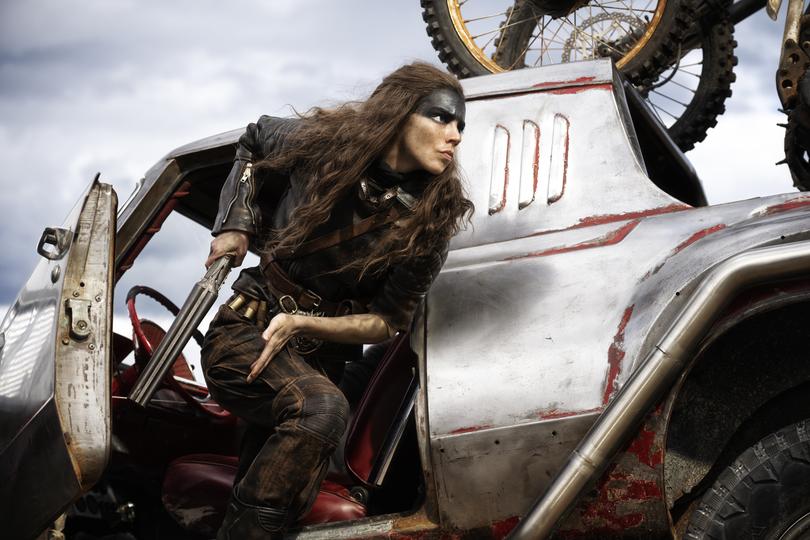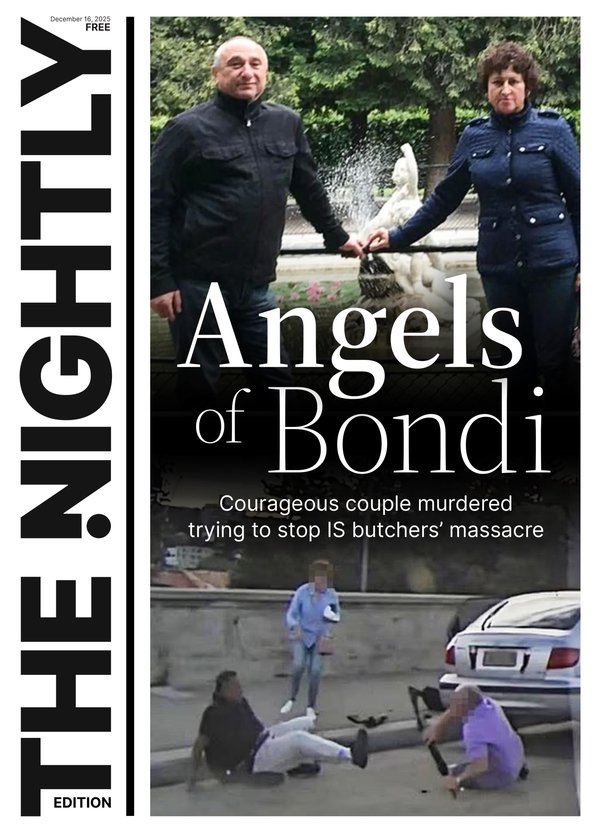THREE-MINUTE BIOGRAPHY: How George Miller and Mad Max have taken Australian cinema to the world

It was a time “in the not too distant future”, when “there will be no civilisation”.
A time without heroes.
But when Mel Gibson’s iconic anti-hero Max Rockatansky blasted cinema-goers into director George Miller’s bleak dystopian future, both actor and director took off into a different direction.
Sign up to The Nightly's newsletters.
Get the first look at the digital newspaper, curated daily stories and breaking headlines delivered to your inbox.
By continuing you agree to our Terms and Privacy Policy.And while Max’s world descended into darkness, the careers of Gibson and Miller burst into the light.
It was a time when the light shone brightly on Australian culture too.
When Australia shrugged off its inferiority complex.
When Australian accents blasted out of AM radio, (Skyhooks sang about Toorak, not Tennessee) and Australian stories, characters and landscapes — often raw, edgy, provocative, harsh and unforgiving — filled movie screens.

In cinema, the 1970s and early 1980s came to be known as the Australian New Wave.
Among the explosion of creativity were films like Wake in Fright, The Devil’s Playground, Picnic at Hanging Rock, Sunday Too Far Away, Don’s Party, My Brilliant Career, The Chant of Jimmie Blacksmith and Puberty Blues.
Think of filmmakers Fred Schepisi, Peter Weir, Bruce Beresford, Gillian Armstrong and Phillip Noyce.
Think George Miller. And Mad Max.
When Max Rockatansky first took to the streets in 1979 in the first of what has become five movies in the classic franchise, Miller was 34-years-old and his star Gibson was an unknown.
Miller told Paul Byrnesin 2006 that the first Mad Max was filmed on a shoestring budget of $350,000 and so cost cutting was the order of the day.
“Byron Kennedy (producer) and I would gestetner (copy) the script and then we’d get on the back of my motorbike and we’d ride and deliver it to the cast and crew,” Miller said.
“All the guys who played the bikers . . . we couldn’t afford to fly them down.
“We could afford to take the bikes from Melbourne up to Sydney. They got on their bikes and rode them down and kind of rehearsed being a bikie gang on the way down.
“It meant that we had to sweep up the roads after there was a car crash. Byron and I would stay back at night and sweep up the roads.
“It was that kind of guerrilla filmmaking. It meant that the film was cut in a flat that we borrowed from a friend and he would cut sound in the lounge room and I’d cut picture in the kitchen,” Miller said.
Which is a very long way from the supercharged blast delivered in Furiosa: A Mad Max Saga, which is in theatres in Australia on May 23.
The early reviews indicate it will add even more lustre to Queensland-born Miller’s CV.
It is a list that grew from perhaps an unlikely place.
According to Britannica, it was while studying medicine at the University of New South Wales that Miller and his twin brother, John, made St. Vincent’s Revue Film (1971), a short film that won a local competition.
“The prize was free attendance at a film workshop, where Miller met Byron Kennedy. The two became frequent collaborators, and in 1971 they made the critically acclaimed short film Violence in the Cinema, Part 1.
“After completing his medical residency in 1972, Miller worked as a doctor while continuing to make short films with Kennedy. The two eventually developed the story that became Mad Max . . . which was made by a production company formed by Miller and Kennedy.”
Miller also told Byrnes how Mad Max had been influenced by his childhood in Chinchilla in rural Queensland.
“Completely flat roads. Loamy soil. Heat haze. Burnt land. And with a very intense car culture,” Miller said.
But Miller was more than petrol, blood and thunder, and branched out into other genres including on The Witches of Eastwick, Lorenzo’s Oil, Babe, and the hugely successful Happy Feet.
Kennedy-Miller also produced landmark mini-series for TV, including The Dismissal, Bodyline, The Cowra Breakout and Vietnam, bringing to the screen dramatisations of some of the key moments in Australian history.

But of course Max remained with Miller in Mad Max 2, Mad Max Beyond Thunderdome, and Mad Max: Fury Road — rated one of the greatest road movies of all time, winning six Oscars.
Fury Road was acclaimed by one critic as “the Sistine Chapel of action filmmaking”, while London Time Out’s David Ehrlich said it was like “a tornado tearing through a tea party”.
And now we have Furiosa — with a budget of $343 million, the most expensive Australian movie ever made — which burst into the spotlight with a standing ovation after it was unveiled at Cannes this week.
And while Miller and Mad Max are recognisable on the world stage, they have taken some of our phrases and slang with them, as Aimee Lindorff for Screen Australia reminds us.
One wonders what the world has made of “fang it!”; “it’s the duck’s guts”; “revhead”; dinki-di”; “dag” and “kick it in the guts”.
But we can only but admire Miller for keeping some of the Aussie focus we encountered way back in that now old New Wave.

